The Correct Execution
In order to increase the number of repetitions for your pull-ups, you need to practice them. This means that you need to know the correct execution.
There are three basic pull-up grip positions: the overhand grip, the underhand grip and the neutral grip. These three grip variations differ in the effect they have on the strain on the latissimus and can be additionally varied through different grip widths.
At this point, we would like to explain pull-ups with a wide overhand grip in more detail to you. With this grip, you specifically activate the upper diagonal muscle fibers of the m. latissimus dorsi, thus achieving a growth in width in the back.
The execution stays nearly the same for all other grips. Needless to say, you should always warm up your body adequately before your pull-up practice, as you should do before any physical exercise.
Pull-ups with a Wide Overhand Grip

You can do pull-ups with a wide overhand grip in two ways, either pulling the pull-up bar up to your chest, or behind your head to your neck. However, during pulls towards the neck, the shoulders are forced into an unnatural position, which results in an enormous strain for the shoulder joints. That is why this variation cannot be recommended.
Hold the bar with overhand grip. Be careful not to straighten your arms completely while hanging from the pull-up bar, as this puts a lot of strain on your elbow joints and may lead to injuries. Your back should be straight, your legs either straight or bent. Breathe out and pull yourself up. You have reached the final position of the upward movement as soon as your clavicular fibers of your chest are level with the bar. Slowly release your body downwards and breathe in. Again, be careful not to extend your elbows completely. Afterwards, continue with the next repetition.
Tip 1 - Different grip positions

There are several possibilities if you want to increase the number of your repetitions. One option for increasing pull-ups is the use of different pull-up grips. As already pointed out, different grips shift the position of the strain on the muscles, which means that using different grips lets you vary the intensity of strain for the different regions of the back. Thus, you can also avoid stagnation and therefore do more pull-ups.
The following variations can be selected:
- overhand grip wide
- overhand grip shoulder-width
- overhand grip narrow
- underhand grip wide
- underhand grip shoulder-width
- underhand grip narrow (also known as chin-up)
- neutral grip (width depends on the pull-up bar in use)
Tip 2 - Increasing the Number of Repetitions: Variations of Motion Speed

You can also gain more power for your pullups by adjusting the speed of movement. In general, the excentrical phase should take three times as long as the concentrical phase. For pull-ups, this means that the upwards and downwards movement should have a ratio of 1 to 3.
To increase the number of pull-ups, you have the following options:
- slow execution of the entire movement
- consciously slow upward movement
- consciously slow downward movement
- fast execution of the entire movement
- consciously fast execution of the upward movement
- consciously fast downward movement
Please note that fast movements bear an increased risk for injuries. You should only do fast pull-ups if you are experienced and know the movement by heart.
Tip 3 - Increasing Pull-ups: to the Chest and the Neck
In case you decide, despite the strong strain on your joints, to do pull-ups to the chest and the neck, you have the option to alternate both variations in one pull-up session. Switching from practice to practice is possible as well. For example, you can practice pull ups to the neck for four weeks before switching to pull-ups to the chest for the next four weeks, etc.
Tip 4 - Improving Strength Endurance and Increasing Pull-ups
You can increase the number of pull-ups by doing more than 12 repetitions per set for a certain period. By doing this, you promote your strength endurance, which in the end will lead to a better performance for sets with few repetitions.
Tip 5 - Promoting Maximum Strength and Increasing Pull-ups

You will also be able to do more pull-ups if you only do one to five repetitions per set (using bigger weights). This improves your maximum strength, which basically means that you need less strength per pull-up. This is due to the fact that through your practice, more motoric units are innervated.
Tip 6 - Suspend Practice and Increase the Number of Pull-ups

It may sound contradictory, but when you have reached your individual plateau, which impedes any further increase in your pull-ups, it can be rewarding to pause your practice. Instead, you can do other exercises for the back, or you treat your back to a whole time out. Once you start with your practice again, you should usually be able to do more pull-ups.
Tip 7 - Adjusting Weight and Number of Pull-ups

If you are able to easily do more than 12 repetitions, using additional weights is recommended. For example, you can put a dumbbell between your thighs or lower legs. Other options include the usage of a dip-belt or of weight cuffs. If you can do less than 8 pull-ups, you should use a stool, a bench, a pull-up band something else to support your practice. Alternatively, you can ask a training partner to help you out.

Tip 8 - Increasing Pull-ups with Intensity Techniques
Increasing the number of pull-ups can also be achieved with so-called intensity techniques. However, these should only be applied if all other tips mentioned here have not led to an increase of your pull-ups. The reason for this is that the strain on the muscles is very high during intensity techniques (negative reps, super sets, …).
Tip 9 - Increasing Pull-ups – Not without the Right Nutrition

If you want to increase the number if your pull-ups, you have to follow a balanced diet with lots of fiber, long-chain carbohydrates and good fatty acids. Amino acids and proteins support regeneration and muscle growth. A sufficient supply of water keeps the circulation and several body functions up and going.
By the way: During your strength training, you do not need to supply water, as long as you drink enough throughout the rest of the day (about 2 liters per day). Your body’s water reserves are sufficient to meet the demanded amount during your practice.
Tip 10 - Increasing Pull-ups
Everyone has different preferences for training and each body reacts differently (to the tips above). Therefore, you should determine yourself which tips fits for you. Of course, you can also combine tips.
Make sure you have enough time for regeneration between practices and always warm up properly before exercising!
Are you looking for a suitable pull-up bar for indoors & outdoors to practice your pull-ups? We at Pullup & Dip offer you various high quality and unique pull-up bars. Go check them out now!

Recommended articles:
The five biggest mistakes in pull-ups - and how you avoid them!
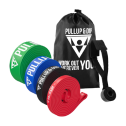
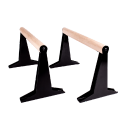
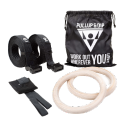


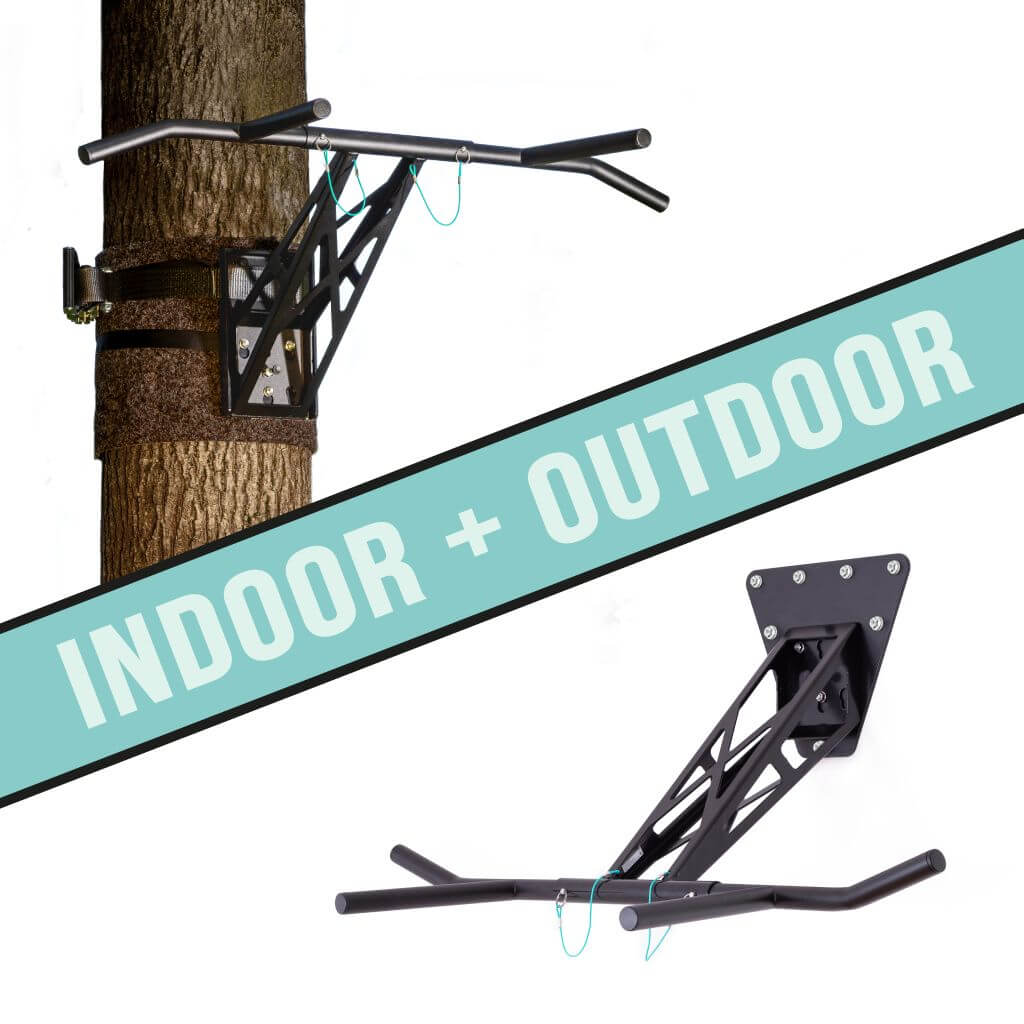
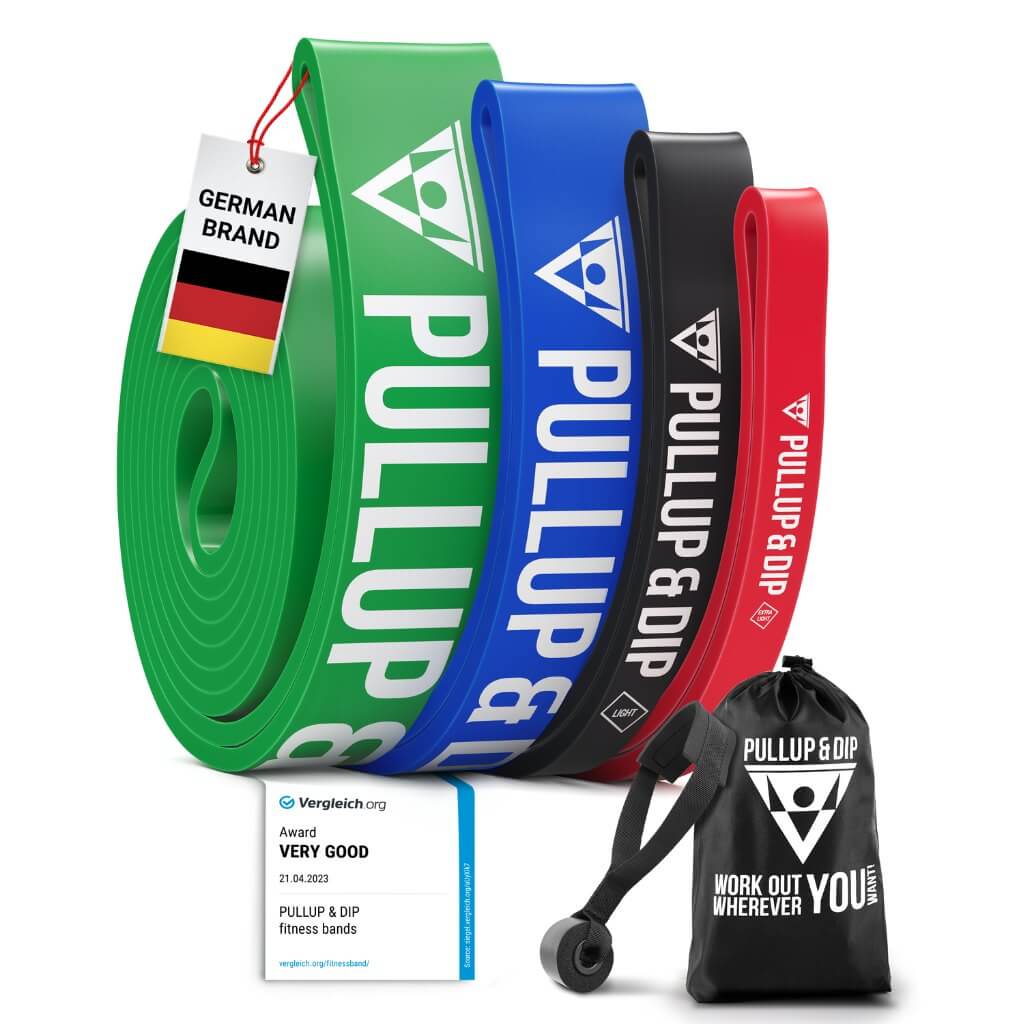
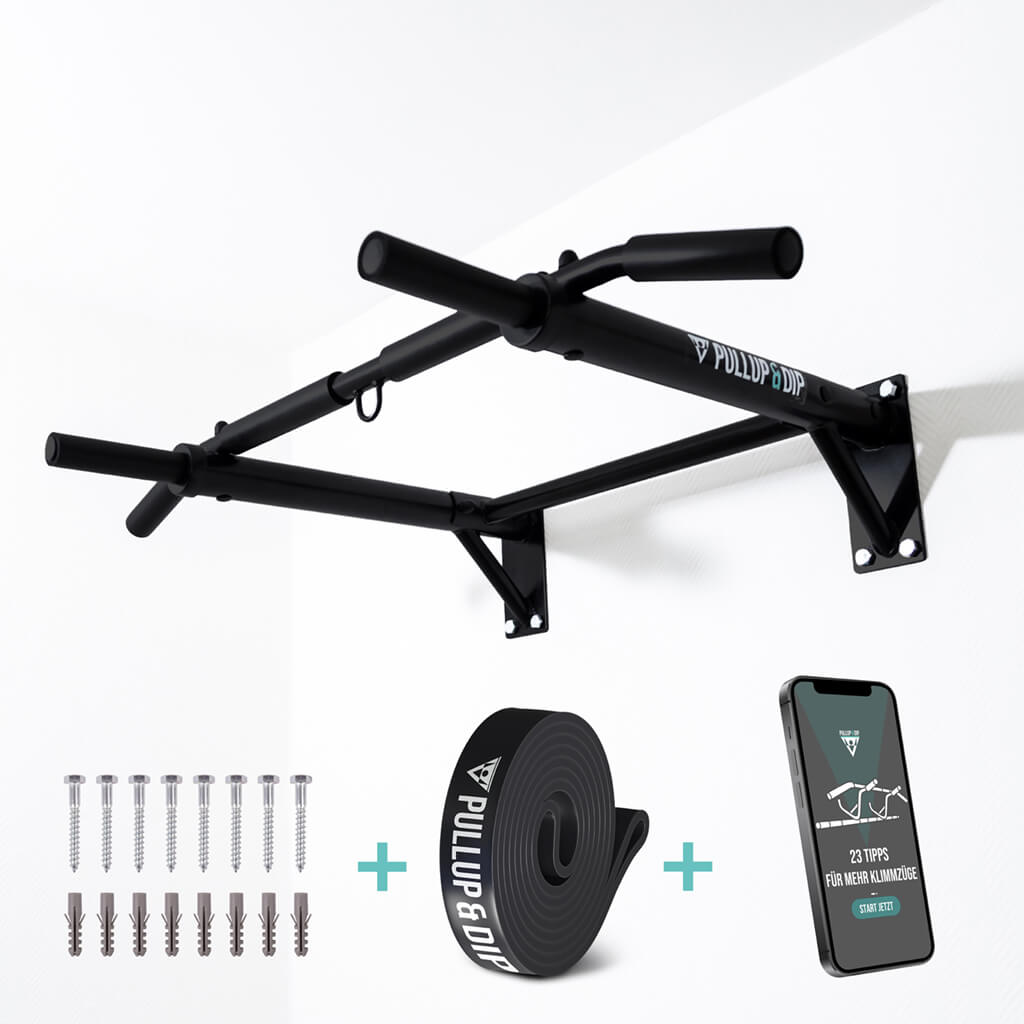
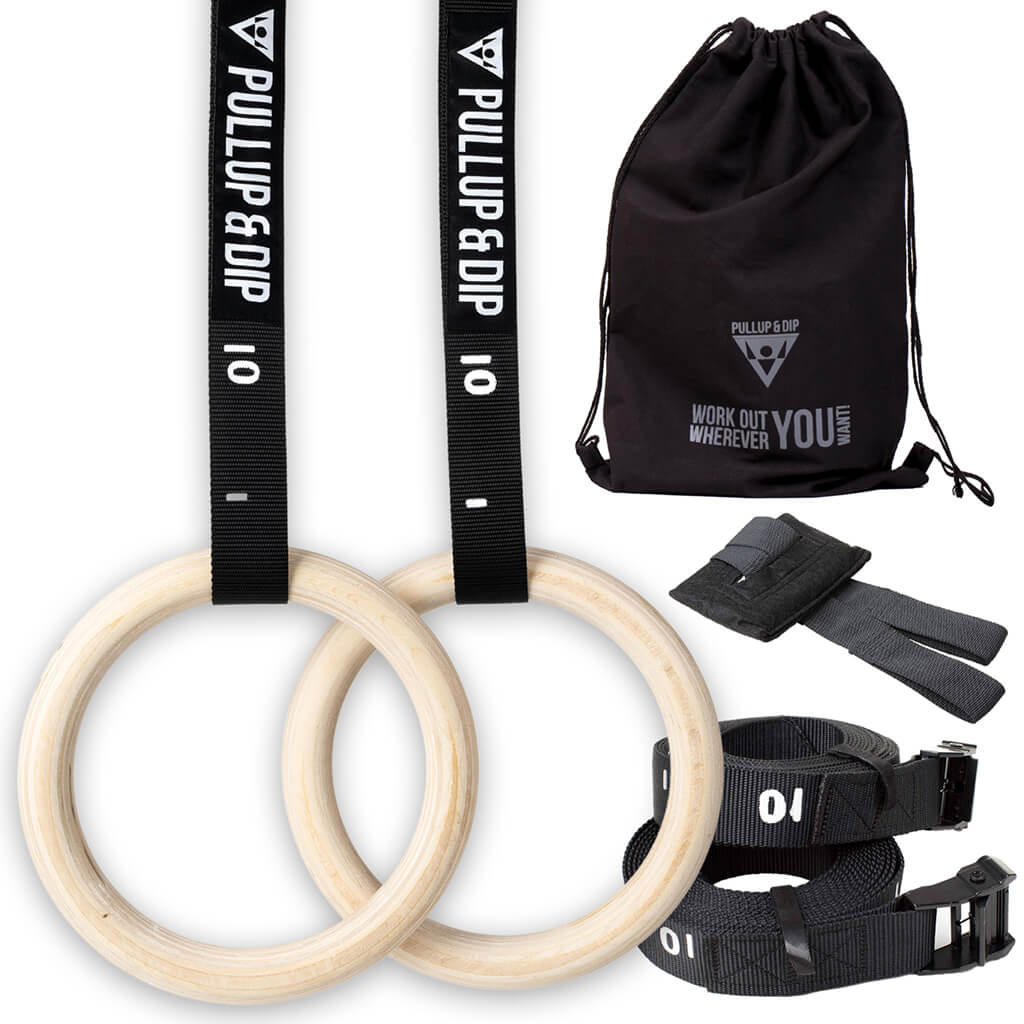
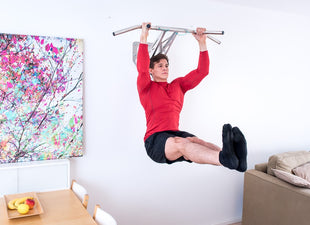
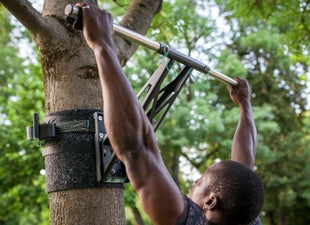

Leave a comment
All comments are moderated before being published.
This site is protected by hCaptcha and the hCaptcha Privacy Policy and Terms of Service apply.